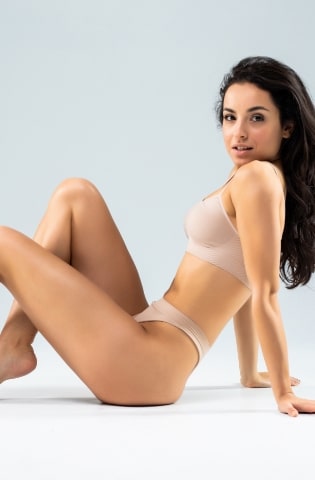Botox has become a household word. For those of you living under a rock, Botox is an injectable medication which reduces wrinkles caused by facial muscle activity. It is a purified toxin from the bacterium Clostridium botulinum and works by temporarily paralyzing the facial muscles in the area where it is injected. Botox has been the only medication of its type for use in the U.S. since its approval for cosmetic uses by the FDA in 2002.
There are two new competing products which are currently awaiting FDA approval, Reloxin and Purtox. Reloxin is manufactured by Medicis, the maker of Restylane, a popular hyaluronic acid soft tissue filler. Reloxin has been used for many years in 23 other countries and is also known as Dysport. It is suspected that FDA approval in the U.S. will occur sometime this year (2009). There is a scheduled announcement April 25th by the FDA and an approval or delay of approval is expected.
Purtox, another Botox competitor, is manufactured by Mentor (which was recently purchased by Johnson and Johnson). The active ingredient is Botulinum toxin A, similar to both Botox and Reloxin. FDA approval of Purtox will likely occur after Reloxin.
What is the difference between Botox and Reloxin?
Some physicians in Europe who have experience with Reloxin report that there is a faster onset and more “spread” or diffusion of the material. Reloxin has a similar but smaller molecular structure to account for this “spread” into the tissues. If this is truly the case, Reloxin may be better for broad areas such as the forehead but this could be a disadvantage in areas where diffusion can cause problems such as around the eyes. An advantage to the patient of greater diffusion may be fewer injection sites. There is some speculation that Reloxin may last a little longer than Botox. Conclusive studies are still pending.
The real benefit to the consumer could be the “price war” that some healthy competition between Botox and Reloxin will offer. Currently the cost of Botox is around $200 – 600 per treatment, depending on what areas are treated and the amount of product used. For example, my fee is $12 per unit and an area such as the crow’s feet generally need around 8-12 units per side. A major part of this expense is the cost of the product. A vial of Botox costs the physician around $450 – $500 and contains 100 Units or around $5 per Unit. Time will tell, but as Botox has such a stranglehold on the market at this time I would assume that Reloxin will NEED to come in at a lower price point to compete for market share. Most physicians would have no interest in going away from the Botox they have significant experience with unless there is a real benefit or cost savings to the patient.
In conclusion, time will tell whether Reloxin will make a splash in the U.S. market after it is approved by the FDA. Hopefully the cost of removing those unwanted wrinkles will decrease by next year. Maybe this time next year “cheaper than botox” or “better than botox” will be household slogans.

